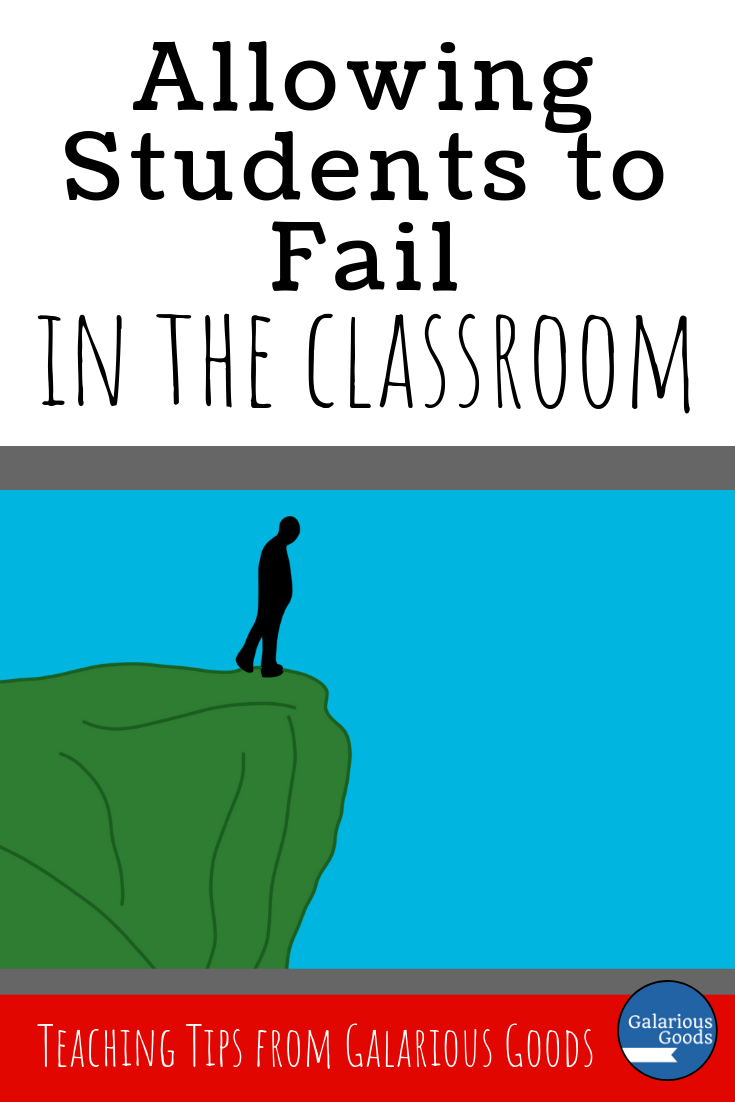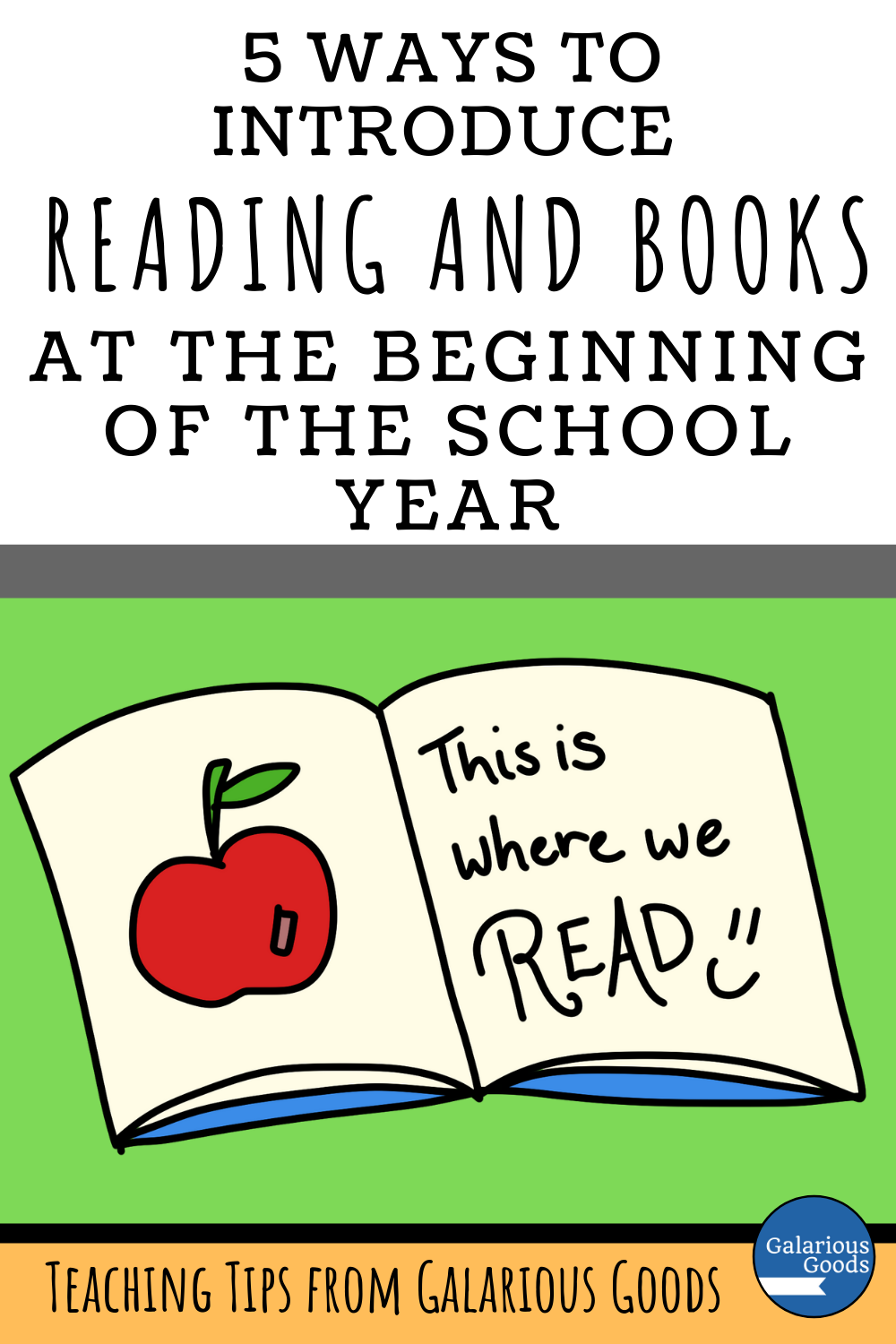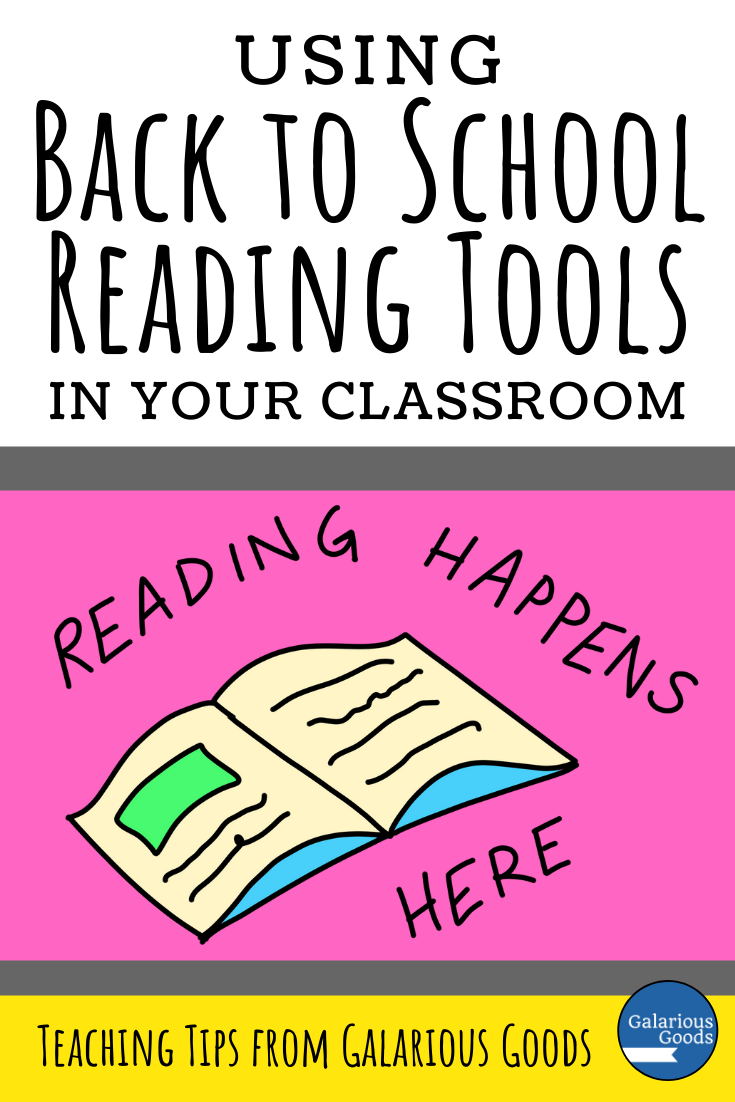Allowing Students to Fail in the Classroom
/How can we create classrooms which support risk taking? How can we allow our students to fail? How can we lift them up so we can try again?
We’re sitting on the beach watching our six year old trying to make sandcastles. His first attempts are utter failures - they’re half formed, crumbling at the edges.
But he’s comfortable with sand these days. He knows that he can flatten the failed sandcastles out and try again. He knows that a different method might work better and that he can always add on to his attempts. He know that sand is a good medium to explore in.
Have a look around your classroom. What mediums have you provided which allow for students to fail and try again? Do you have concrete materials which can be manipulated again and again until students achieve? Do you have whiteboards or chalk boards which allow students to wipe away their work and try again? Do your students know that they can cross their work out and try again, that they can add in new words, experiment with different spellings.
Creating a classroom of joyful experimentation allows students to know they can fail and fail and still try again. It allows them to reach higher heights, to strive for their best work rather than the work which just meets the requirements. By placing materials which allow for trying again in our classrooms, we facilitate this experimentation.
At the local play centre three 2 year olds take on the massive inflatable slide. It’s way too tall for them, way above their skill level, sure to scare them before they get to the top. But each of the tiny children make it to the top, each joyfully launching themselves down the steep slide. They know even if they fall, the inflatable puffiness of the slide will catch them.
What are the consequences of failing in your classroom? As a child, I remember a sense of deep shame associated with missing a word in a spelling test. I remember teachers who were quick to tell me where I was wrong, but not how I could use that to improve.
And I remember my Year 12 English teacher who absolutely covered a writing draft in red pen . . . filled with corrections, but also suggestions - suggestions which made my writing so much better, which nudged me towards growth in my writing. She helped me to develop the tools I needed to become a better writer.
As teachers, we can control many of the consequences inside our classroom - including the consequences for failing. Through promoting a growth mindset, we can encourage our students to look at failures as opportunities for growth, help them to see how they are building new knowledge and creating new understanding. We can acknowledge their failure quietly and help them see that they are building towards eventual success.
Ignoring failure - or work which needs improving - in our classroom isn’t the best path for our students. It’s how I made it through 12 years of schooling before someone really helped me fix my writing. But cultivating an atmosphere where failure is greeted with shame isn’t helpful either - it makes our students fearful of trying.
Instead we need to find a sense of ‘puffiness’ like the inflatable slide. The ‘puffiness’ is giving our students the confidence to try new or difficult things, knowing that if they fall short, we’ll help them to find what they need to succeed in the future. Knowing that failing is a learning experience, not an end point.
How do we let our students know that the ‘puffiness’ is there? Like 2 year old bounce and fall on the inflatable surface before they climb, we can give them opportunities for experimenting with it from the first day of school. We can use an art activity or a STEM activity to show them that trying and falling short is no big deal - especially when we emphasise the ‘what have we learned from this’ and ‘what can we change next time’ parts of the lesson. We can use books which show failure and growth to show students that this is what we believe. We can model writing and correcting ourselves or we can act out situations where we fail and grow.
It was her first day on the balance bike. She insisted that we stand either side of her, back ups in case she falls. As she got more confident, she allows us to move further away, but when she does fall, she knows that we are there to help her get back up again.
We can create classrooms of support, where everyone knows that mistakes and growth are valued from the moment they walk through the door. We can use our decor, our routines, the way we teach behaviour and expectations to let our students (and other people who step inside) know that we value learning and growth over perfection - the we know that learning from our mistakes helps us to create better thing.
Early on we may need to be more present supports for some students. We may need to ensure that we check in with them daily, that we let them know that we are there. We may need to reassure them that trying and getting it wrong is ok. We may need to model supportive language - and how to be a supportive peer - over and over again.
But as the school year progresses, we’ll be able to move further away. Our students will know that we’re there to offer that support if they need it, but they will also be able to spot their own growth, will be able to offer themselves (and others) the words needed to try and fail and try again. We’ll have created classrooms which allow students to fail and we’ll let them know that they have the tools to try again.























